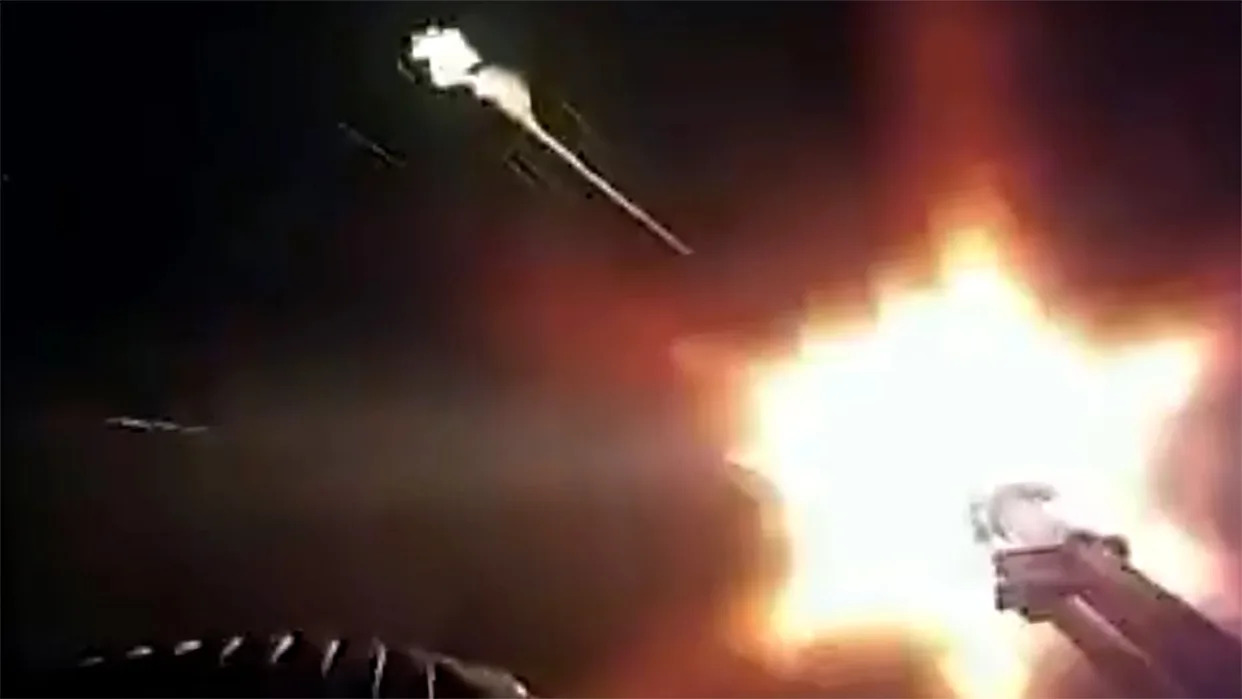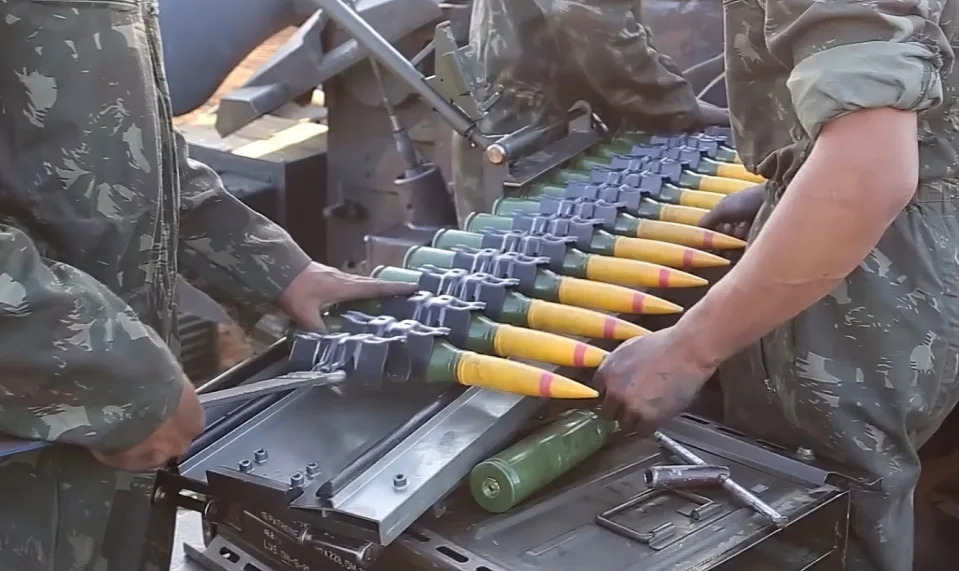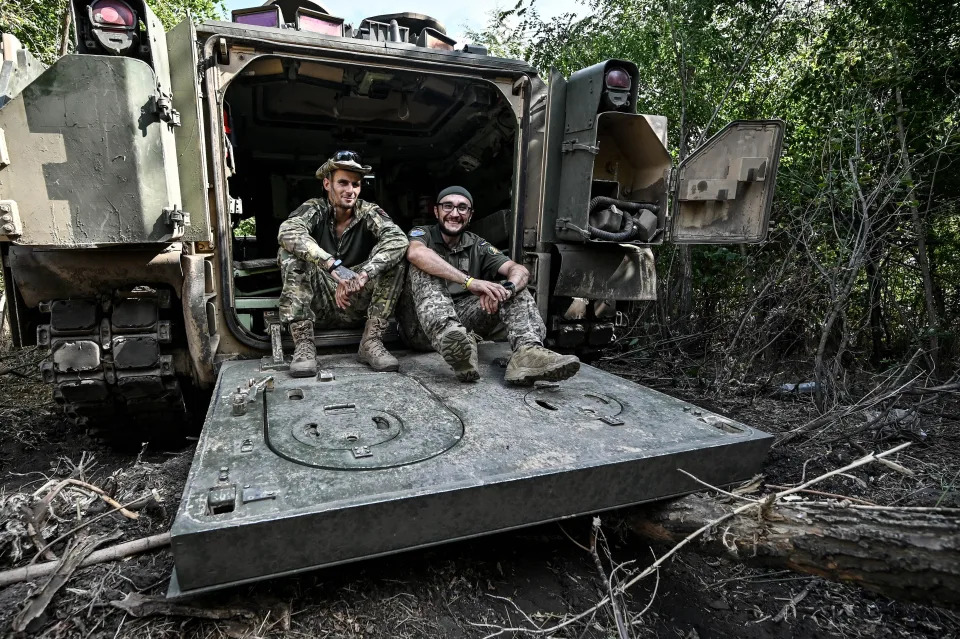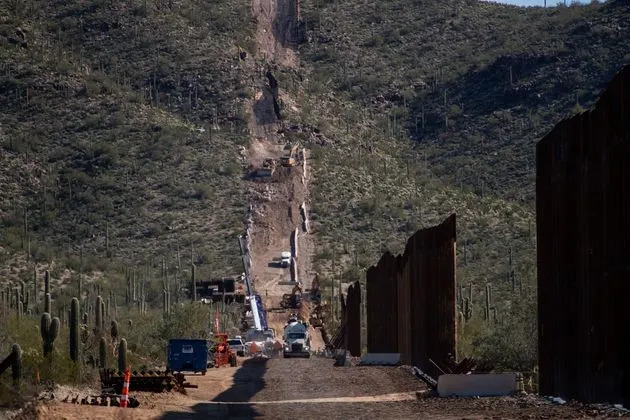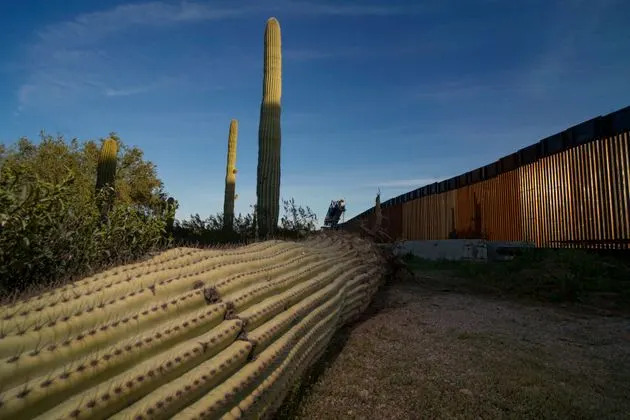Lawence Mower
Thu, September 7, 2023

Florida Housing Finance Corp.
Gov. Ron DeSantis’ affordable housing executive director yelled and screamed at staff, made sexist comments, talked about their weight and threatened their jobs, employees of the Florida Housing Finance Corp. told an inspector general during an investigation.
The behavior of Mike DiNapoli, a former New York City financial adviser chosen by DeSantis to lead the corporation, created a hostile work environment that violated the organization’s policies, the corporation’s inspector general told board members Thursday.
“The conduct is severe and pervasive enough to create a work environment that a reasonable person would consider intimidating, hostile or abusive,” said the inspector general, Chris Hirst.
The investigative report into DiNapoli, which was not released publicly, was highly anticipated by those in Florida’s close-knit affordable housing community. Since the board approved hiring DiNapoli in February, 15 employees — 10% of the corporation’s workforce — were either fired by DiNapoli or quit.
DiNapoli was placed on paid administrative leave by the board in July. Last month, DeSantis reinstated him, with a spokesperson for the governor telling Politico that he never should have been suspended and that the investigation “has found nothing to justify the placement of Mr. DiNapoli on administrative leave.”
Board members, who were briefed in a Jacksonville hotel conference room on Thursday, called the report “disturbing” and lamented the “toxic environment” in the corporation.
“Reading it put tears in my eyes,” said Olivia Hoblit, a regional manager for a hotel chain. “That’s not how we treat people.”
READ MORE: DiNapoli struggled with personal debt for years. DeSantis put him in charge of billions
DiNapoli did not attend Thursday’s meeting and did not respond to a request for comment left with the corporation. Meredith Ivey, a former DeSantis spokesperson who is a member of the board and a deputy secretary of the Department of Commerce, also did not attend Thursday’s meeting. In February, Ivey endorsed DiNapoli and touted his “great personal success” in his previous career in finance.
The Legislature this year assigned the corporation record funding to address the state’s affordable housing crisis.
A spokesperson for DeSantis lashed out at the board in a statement Thursday, calling the board members “clearly incapable of exercising prudent judgment.”
“If anyone wonders what the deep state looks like, this is it,” spokesperson Jeremy Redfern said. “It’s clear to us that at least some members of this Board believe they can wield unchecked power to recklessly disparage a public official and tarnish his reputation without basic fairness and due process.”
He added, “We will explore every available tool to ensure proper management and oversight of the board and its staff, including the Inspector General, and to ensure further that this agency ultimately remains accountable to the people of Florida.”
Inspector general says there were more issues
Hirst revealed other findings from his office’s nearly two-month investigation, which included interviews with 24 current and former employees.
DiNapoli also serves on the board of the First Housing Development Corp. of Florida, which contracts with the corporation. Three of the corporation’s general counsels, who doubled as ethics officers, said it was a conflict of interests. Hirst agreed and concluded it was a violation of the corporation’s policies.
When asked about the conflict, DiNapoli said it was a “gray line,” and “an appearance of a conflict is not a conflict,” Hirst said.
“Furthermore, the subject [DiNapoli] did not think that the policy required employees to avoid the appearance of conflicts of interests and felt the policy may be outdated,” Hirst said.
DiNapoli also ordered the corporation’s chief financial officer, who manages the organization’s bond portfolio, to sell its Disney bonds, at a loss, Hirst said, in reaction to the entertainment company’s ongoing dispute with DeSantis over control of its Orlando-area special taxing district.
“The subject stated that holding the Disney bond was a bad look and stated this was because of Disney’s lawsuit against the state of Florida,” Hirst said.
Hirst said selling a bond at a loss for a non-pecuniary reason appeared to be a violation of the corporation’s ethics policies. He referred it to the state’s ethics commission, governor’s office and chief inspector general for their opinions.
Policies violated in hiring DiNapoli, IG says
Hirst also found that the corporation violated its hiring policies when it chose DiNapoli.
The corporation was supposed to advertise the executive director position, conduct interviews, do background checks and call work references. None of that happened, Hirst said. The corporation doesn’t even have an application or a resume on file for DiNapoli, he added.
Instead, DiNapoli was simply appointed by DeSantis, with the only letter of recommendation coming from James Uthmeier, DeSantis’ chief of staff who is currently leading DeSantis’ campaign for president.
The Times/Herald has previously reported that, before taking the job with the Florida Housing Finance Corp., DiNapoli had struggled with financial issues, including a bankruptcy, debtors garnishing his wages and a foreclosure on an Ocala home. Weeks after losing his job with UBS in New York City in 2015, a woman who claimed DiNapoli was her brother and financial adviser filed a complaint alleging that DiNapoli “stole money from her account as well as forged her name to a check that was addressed to her and deposited those funds in another account.”
Hirst said the financial history brings “into question the subject, and therefore Florida Housing’s, ability to demonstrate it is a creditworthy institution, and that its principal owners and corporate officers are creditworthy individuals.” Those are requirements to do business with the Federal Housing Administration, Hirst noted.
“The totality of information received during the course of this investigation reveal a pattern of behavior and/or management style of the subject which elevated Florida Housing’s overall risk and increase the potential threat of corporate instability,” Hirst said.
The corporation is effectively a multibillion-dollar bank for the state, distributing hundreds of millions of affordable housing dollars each year and issuing bonds.
No background check was ‘mind-blowing’
The fact that the corporation didn’t do a background check and assumed that the Department of Commerce, where DiNapoli previously worked as a manager since 2017, had done one was “mind-blowing,” said board member Ryan Benson, who works for a home builder.
“The answer of, ‘We received a recommendation from the Office of the Governor and it was move forward,’ is not acceptable to me,” Benson said.
The board meets again Friday morning, where it could recommend DiNapoli be disciplined or removed, or it could opt to do nothing. The ultimate decision will be up to the Department of Commerce secretary, Alex Kelly, who is currently DeSantis’ acting chief of staff.
Board chairman Mario Facella defended his decision to suspend DiNapoli, saying that he’d been hearing complaints from employees for months.
The last complaint came two weeks ago, from the corporation’s longtime human resources director, Facella said. Her resignation letter was sent after DeSantis reinstated DiNapoli. The director was the one who made the initial complaint to the inspector general’s office, Hirst said.
In her resignation, the director cited “the abuse and trauma of the last six months,” Facella said, and said she was resigning because she was “told that Mike will fire me” when he returns to work, and she didn’t want to have a termination on her record.
“That is, to me, ridiculous that we’re even having employees having to say that,” Facella said.

